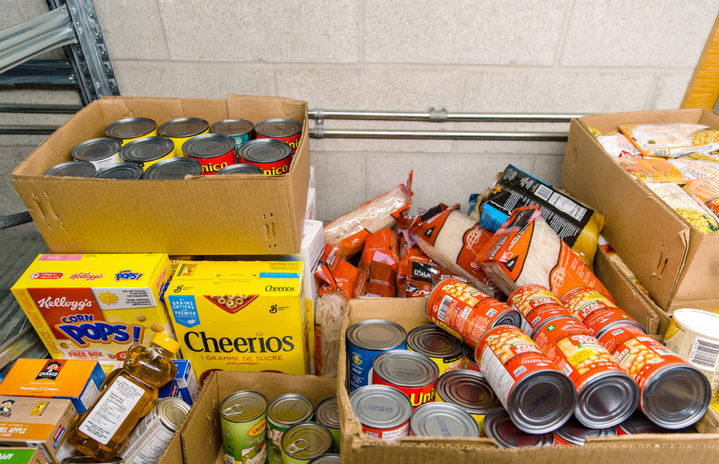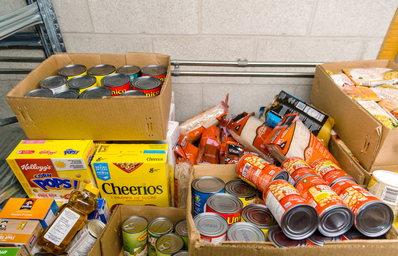On September 28, 2022, a category 4 hurricane made landfall on the Southwestern coast of Florida with winds over 150 miles per hour, just 2 miles per hour short of a Category 5 storm. Expected to ravage the states of Florida and Georgia before moving North into the Carolinas and Virginia, Hurricane Ian is one of the most devastating events the United States has seen in a while.
Officially downgraded to a tropical storm on September 29th, Ian is still going strong, continuing to flood Florida and with a death toll expected to be in the hundreds. Rescue efforts are already being made in the areas that have been hit the hardest, though it looks like the fatalities are continuing to rise.
The National Hurricane Center expects Ian to cause incredible damage to homes and infrastructure, power outages lasting weeks or even months, and extreme flooding, especially near the coast. Naples and Tampa are expected to see the highest level of damage and most residents are being evacuated from these areas.
However, as a result of the flooding, many people have been left stranded in their homes without electricity. With most emergency alerts being sent out over TV, many people are struggling to know when to evacuate and where to go. This raises some big questions: what if you don’t have access to emergency alerts? What if you can’t get out?
Though many residents in voluntary evacuation zones willingly stay in their homes when hurricanes hit, some people are blocked in with no way out. Clusters of mobile homes are found in the heavily populated zones of Florida, and many residents are facing the loss of their homes entirely as a result. Mobile homes are not meant to withstand tropical disasters of this size, and this ravaging storm will undoubtedly leave some of Florida’s residents with nothing and nowhere to go. Alongside this issue, as the injuries rise, hospitals which can still be accessed are expected to become overloaded with patients.
Extreme flooding in areas at the most risk can make it more difficult for emergency rescue efforts to reach those in need. As of now, rescue efforts are being attempted on the Southwestern side of the state, though many homes and businesses will be left without power and permanently damaged.
Though the storm is decreasing in severity, officials are estimating that it will take several years to rebuild and recover. Most homeowner’s insurance often doesn’t cover the damage inflicted by natural disasters, and many communities will be left struggling, especially minority communities, who tend to receive less aid after disasters like these. Recovery efforts are already underway, and it’s important to continue to support and direct them towards the areas of greatest need in the coming months.


